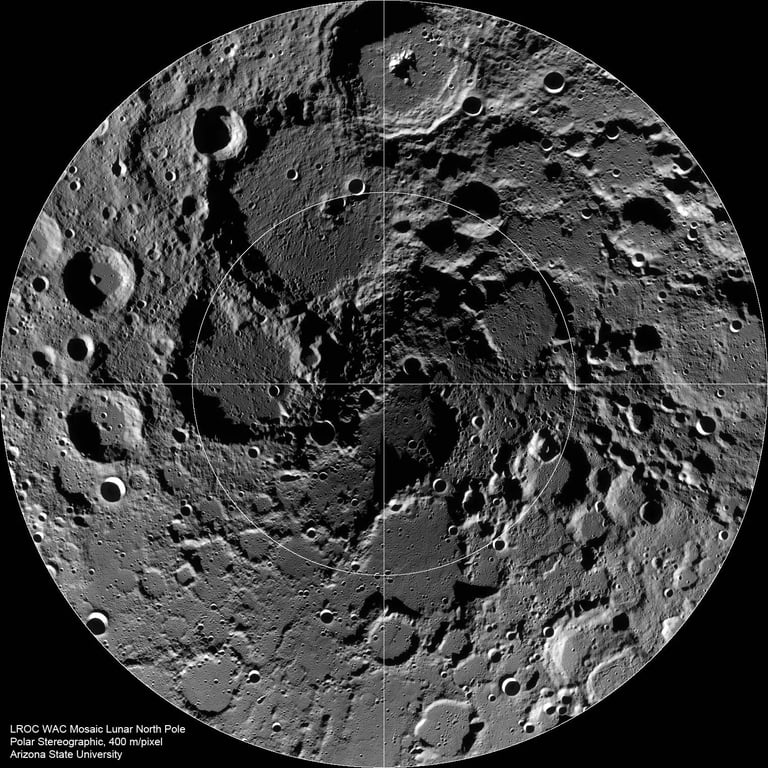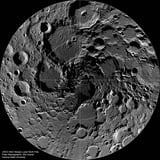Apollo Moon Rocks Unlock Solar System's Age Secrets; Total Eclipses Soon a Thing of the Past
August 25, 2025
The Moon is slowly receding from Earth at about 3.8 centimeters per year, a process confirmed by laser reflectors from the Apollo missions, which allows precise measurement and is linked to tidal interactions.
Apollo mission samples reveal that the oldest lunar surfaces date back nearly 4 billion years, while some craters like Giordano Bruno are as young as 4 million years, formed by high-energy impacts.
Regions with fewer craters, such as lunar maria, are relatively younger than heavily cratered highlands, indicating different cooling and solidification times, and crater density helps infer the relative ages of planetary surfaces.
Scientists determine the age of celestial bodies like the Moon primarily through crater counting, as craters accumulate over time on inactive worlds without erosion or geological activity.
Radiometric dating of moon rocks from the Apollo missions provides absolute ages for lunar surfaces, allowing scientists to calibrate crater counts and estimate the ages of other planetary regions, including Mercury and Callisto.
This calibration extends our understanding of the solar system's history by enabling researchers to estimate the ages of unvisited regions based on crater counts.
Over millions of years, the Moon's gradual recession from Earth, combined with the Sun's increasing brightness, will make total solar eclipses impossible, highlighting their fleeting nature and the importance of enjoying them now.
Summary based on 2 sources

